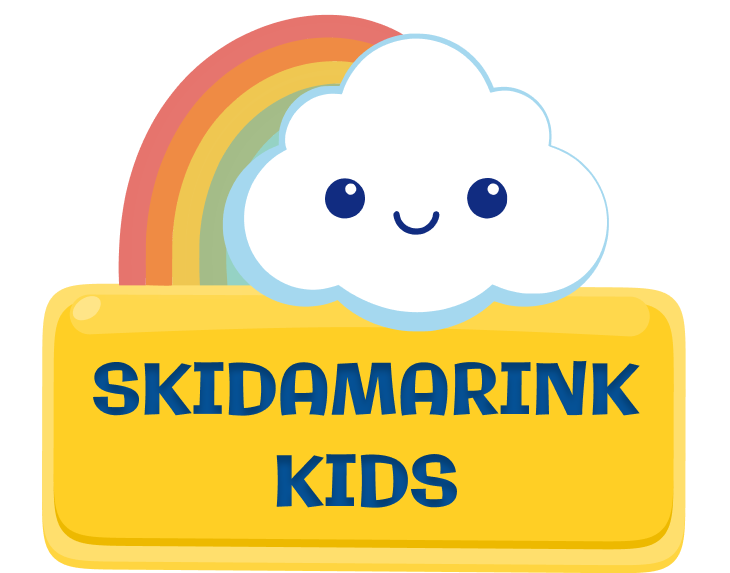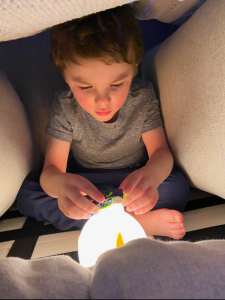Even activities that kids enjoy—like birthday parties, theme parks, or playdates—can sometimes lead to meltdowns. Preventing sensory overload in children is essential as overstimulation can turn even the most anticipated experiences into overwhelming events, frustrating both the child and family members. Some children are more sensitive to sensory input than others, so it’s important to recognize that children can experience overstimulation even during enjoyable activities.
Understanding Sensory Overload Challenges
Sensory overload occurs when a child’s nervous system receives more sensory input than it can effectively process. This overwhelm can trigger fight, flight, or freeze responses that appear as:
- Sudden meltdowns or tantrums
- Withdrawal or shutting down
- Increased activity or agitation
- Covering ears or eyes
- Refusing to participate in activities
- Showing unexpected emotional reactions
Creating Supportive Environments to Reduce Sensory Challenges
Physical Space Setup
Essential Elements:
- Quiet, dimly lit areas where children can decompress
- Adjust lighting throughout the day using natural lighting when possible
- Neutral colors to reduce visual stimulation
- Calming corners for retreat
- Easy access to calming items
- Organize materials clearly
- Remove visual clutter
- Control noise levels
- Provide escape routes
- Include comfort items and soft textures
- Make spaces predictable
Environmental Management
Key Controls:
- Use soft, low voice tones to reduce anxiety
- Limit exposure to loud sounds from TVs/appliances
- Consider noise-canceling headphones in loud places
- Reduce bright or fluorescent lighting
- Control strong scents, try these to see if they calm your child:
- Lavender
- Peppermint
- Cedarwood
- Lemon
Sensory Overload Prevention Strategies
Daily Planning
Proactive Approaches:
- Schedule regular breaks
- Plan quiet times between activities
- Create visual schedules
- Include movement opportunities
- Monitor energy levels
- Watch for early signs of being overwhelmed
- Maintain consistent routines
- Build in calming activities
Activity Management for Sensory Balance
Supporting Success:
- Focus on one task at a time
- Use visual supports and timers
- Give clear transition warnings
- Include regular quiet periods
- Provide sensory breaks
- Build in movement activities
- Balance stimulating activities
- Monitor energy levels
Creating Sensory-Friendly Personal Comfort
Physical Comfort Considerations
Sensory-Friendly Clothing Choices:
- Choose soft, tagless clothing
- Use seamless socks
- Provide comfortable blankets
- Ensure easy clothing removal
- Consider texture preferences
- Allow comfort items
- Respect sensory needs
- Consider compression shirt, body sock or weighted vest for calming
Navigating Social Situations
Support Plans:
- Practice coping strategies
- Create signal systems
- Identify safe spaces
- Plan exit strategies
- Bring comfort items
- Use social stories
- Include movement breaks
- Keep visits short initially
Working with Tactile Sensitivity
Gradual Exposure Is Key—Encourage Without Forcing
Building Tolerance:
- Start with dry textures:
- Rice play
- Pasta sorting
- Bean bins
- Progress slowly to wet materials:
- Water play
- Finger painting
- Play dough
- Use tools in wet materials as needed to increase exposure without direct touch until they are ready:
- Paintbrushes
- Toy cars
- Plastic utensils
Supporting Sensory Exploration
Success Tips:
- Keep cleanup supplies readily available
- Allow immediate cleaning if needed
- Make activities playful
- Never force participation
- Celebrate any engagement
- Follow child’s comfort level
- Keep experiences positive
- Wiping your child’s face can be overwhelming—try to wait to wipe them down until end of meal unless they become fussy
Planning for Sensory Success in Daily Life
Outing Strategies to Manage Sensory Input
Preparation Tips:
- Schedule during quiet times, avoiding peak crowds
- Check for sensory-friendly hours
- Bring familiar items
- Pack preferred snacks
- Plan escape routes
- Have backup activities
Food Considerations for Sensory-Sensitive Children
Mindful Approach:
- Serve familiar foods
- Introduce new items gradually
- Use “no thank you” bowl
- Allow utensil use
- Respect food preferences
- Keep mealtimes calm
- Celebrate trying new things
- Have napkin handy so they can calmly wipe their hands
Specific Activities for Sensory Regulation
Calming Activities for Overstimulated Children
Quiet Options:
- Fine motor toys for distractions
- Looking at bubble tubes
- Listening to nature sounds
- Reading in a tent or calming corner
- Playing with kinetic sand
- Using light projectors
- Watching snow globes
- Creating with play dough
- Age-appropriate fidgets
- Sensory chewy tools
Movement Breaks for Sensory Regulation
Physical Release Activities:
- Animal walks
- Gentle swinging
- Wall pushes
- Yoga poses
- Rolling activities
- Jumping on crash pads or couch cushions
- Crawling through tunnels
- Dancing to slow music
Pro Tip: Watch for early signs of being overwhelmed—prevention is easier than managing a full meltdown.
Building a Sensory-Friendly Lifestyle
The strategies for preventing sensory overload in children outlined above can significantly improve your child’s comfort and well-being in various environments. By creating sensory-friendly routines, preparing for potential sensory challenges, and offering appropriate supports, you’re helping your child develop valuable self-regulation skills.
Remember that consistency is key—implementing these approaches regularly helps children learn to recognize and address their own sensory needs over time. With patience and understanding, you can create a more harmonious family life while supporting your child’s sensory processing development. Each small accommodation contributes to your child’s ability to navigate a stimulating world with greater confidence and comfort.
Additional Resources for Parents
Want to learn more about Sensory Processing and motor delays, check out our blog: “A Parent Guide to Sensory Activities for Child Development” and “Sensory Processing Dysfunction: Signs & Support for Children”
For further information on SPD:
Check out this book: The Out-of-Sync Child, Third Edition: Recognizing and Coping with Sensory Processing Differences by Carol Stock Kranowitz (Author), Lucy Jane Miller (Preface)







